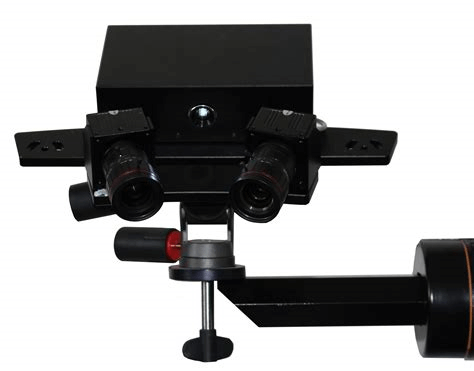Creality CR-5 PRO is one of the many impeccable 3D printers manufactured by Creality. Besides, Creality is the leading manufacturer of 3D printers around the globe. Creality CR 5 Pro features an exquisite design, durable and robust sheet metal chamber, large size print design, and a control chip. Other advantages of the machine include the resume printing function, an upgraded nozzle structure as well as a filament sensor. The fact that it features a mean bed made with carborundum makes it the perfect product for smoother functioning. This Creality CR-5 PRO was launched in February, and it’s already receiving raving reviews from critics and consumers. Other than printers, Creality also manufactures 3D scanners.
What are 3D Scanners?
A 3D scanner is a machine that is used in the process of analyzing an object in the real-world. The machine collects information like the shape and appearance of the object. The data collected by a 3D scanner is used in the construction of 3D models, which are then fed to 3D printers and used in 3D printing.
How do 3D scanners work?
The way that 3D scanners work is almost similar to the way cameras work. However, 3D scanners do not produce photos and videos but 3D renderings. The scanner works by collecting information about objects that are set within a specific visual field. The scanner, therefore, gathers information about the position of an object. 3D scanners can only collect data from visible surfaces of the object. These are surfaces that are in line with the camera’s sight.

Types of 3D scanners
There are two types of 3D scanners.
- Contact scanners- these are scanners that require direct contact with objects that they are scanning.
- Non-contact scanners- these are scanners that use light from a laser or radiation like X-rays or ultrasound to collect data about the object that they are scanning.
Also, 3D scanners fall in several different categories;
- Desktop 3D scanners- these scanners are designed for scanning small and medium-sized objects with a footprint on which they can fit on a desktop. There are two types of desktop 3D scanners (open frame and closed frame).
- Handheld 3D scanners- these scanners can also be referred to as portable or wireless 3D scanners. However, not all handless 3D scanners are wireless. These scanners are designed in such a way that they can only be used while hand-held. They are very flexible.
- Fixed scanners- these are the opposite of handheld scanners. They usually are positioned in a fixed location and are not portable. They are more precise than their counterparts and slightly more costly.
- Industrial 3D scanners- these scanners are designed for high-precision and professional use. Large establishments use them, and they are costly.

Take Away
Different 3D scanners are based on different technologies depending on the application of the scanner. Each of the above-mentioned technologies has its advantages and limitations. They also feature different costs depending on the manufacturer and the type of scanner. 3D scanners are applied in a variety of industries, including the entertainment industry.
